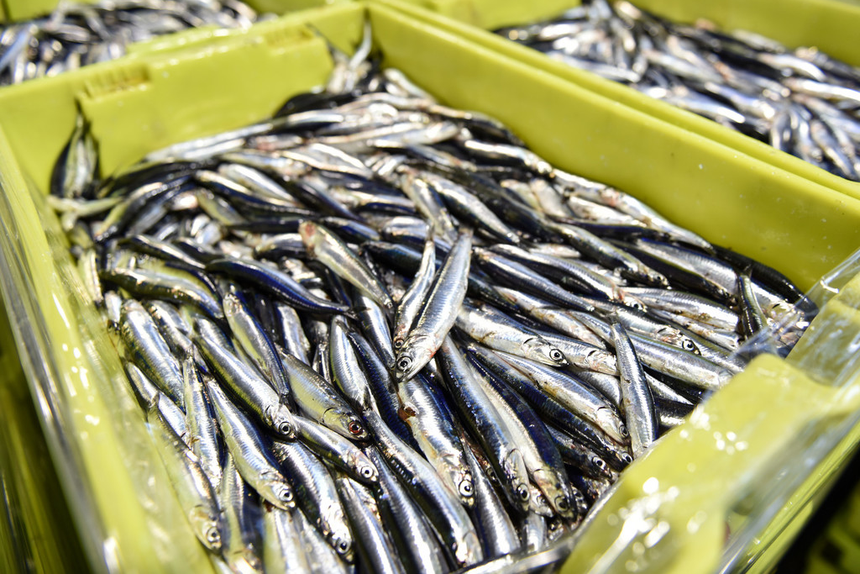
- Certifier :
- Bureau Veritas Certification
- Certified status :
- Certified
- Certified since :
- 24 Mar 2015
- Certificate expires :
- 18 Oct 2030
Overview
Fisheries are composed of one or more parts, each of which is entitled to receive an MSC certificate. These parts or “units” are defined by their target stock(s), fishing gear type(s) and if relevant vessel type(s), and the fishing fleets or groups of vessels.
When the term “Unit of Certification” is used for fishing units that are in assessment, it refers to the “Unit of Assessment” or “Unit of potential certification”. Expand a status below to view the parts that form this fishery. To check the detailed scope, download the latest certificate or open the Assessments page to get the latest report. Find out more by visiting our page on Fisheries
Catch by Species
| Species | Reported Catch Year | Metric Tonnes |
|---|---|---|
| European anchovy (Engraulis encrasicolus) | 2024 | 31,479 |
Information is provided by an independent Conformity Assessment Body as live weight (the weight of species at the time of catch, before processing) and where a fishing season covers multiple years, the end year is given as the reported catch year. Additional information is available in the latest report, see the assessments page.
Eligibility, client groups and vessel lists
A fishery may choose to define the members of the fishery certificate. These members can be vessels or other client group members (e.g. companies that own vessels and/or companies that are named as eligible to handle certified product covered within the fishery certificate scope). Please refer to the fishery certificate statement on additional product specific eligibility criteria (e.g. product eligibility limitations, eligibility date, exclusive points of landing and the point where Chain of Custody certificate is required). Please consult the fishery Public Certification Report for product eligibility rationale.
| Documents | Published on | Files |
|---|---|---|
| Vessel List | 05 May 2025 | 1 files |
About this Fishery
The Cantabrian Sea –south of the Bay of Biscay – is famous for the quality of its anchovies. But the fishery was closed between 2005 and 2010 to enable it to upgrade its management methods. Five years later, it became the first anchovy fishery in Europe to achieve MSC certification.
Anchovy fishing operations are conducted in the Cantabrian Sea using purse seine nets – an artisanal fishing method which is the preferred technique for capturing fish species such as anchovy which school, or aggregate, close to the surface. Most fish are caught between March and June.
The certification process was led by the San Martin de Laredo fishermen’s guild, the oldest in Spain, and the Federations of Fishing Guilds for the Basque Provinces. The initial certification covers 58 boats, which in 2013 had a total catch of 7,000 tonnes.
"We want our anchovy fishery to be known worldwide for its quality and for the great work performed by our fishermen in favour of sustainability. Consumers can rest assured that they are buying anchovies that have been captured according to the internationally-accepted sustainability MSC standard and that they will always be able to trace our product back to its source, the Cantabrian Sea." - Miren Garmendia, Secretary, Federation of Fishing Guilds of Gipuzkoa
How a small fish saved "Messi" and "Ronaldo"
Read the story of the Cantabrian Anchovy fishery >
Cantabrian anchovy image © Daniel Grieser / Migros
Market Information
The traditional method of processing and preserving anchovies is to gut and salt them in brine, allow them to mature, and then pack them in oil or salt. The main market is the canned industry.
